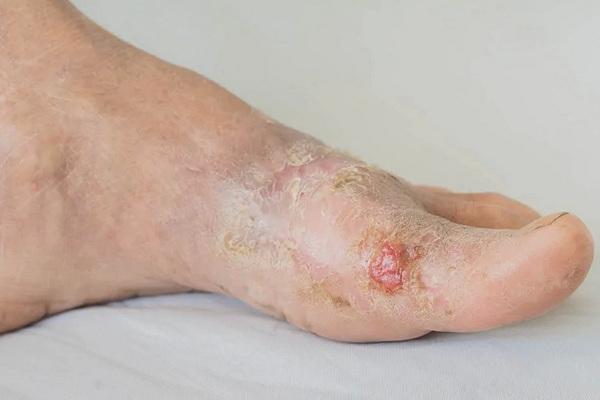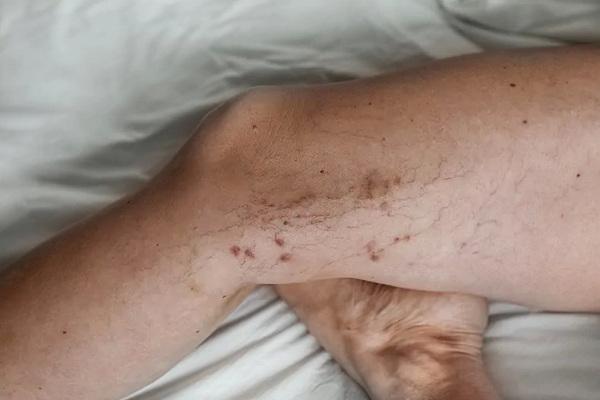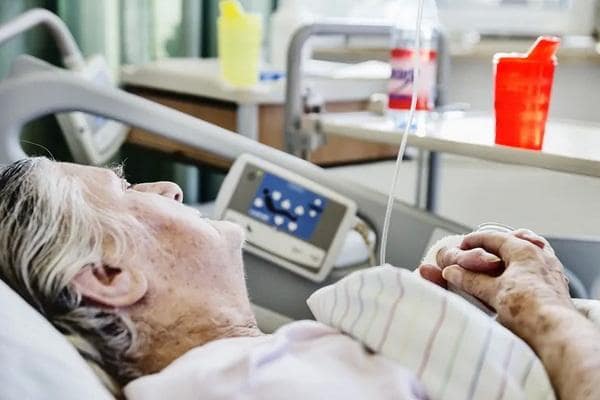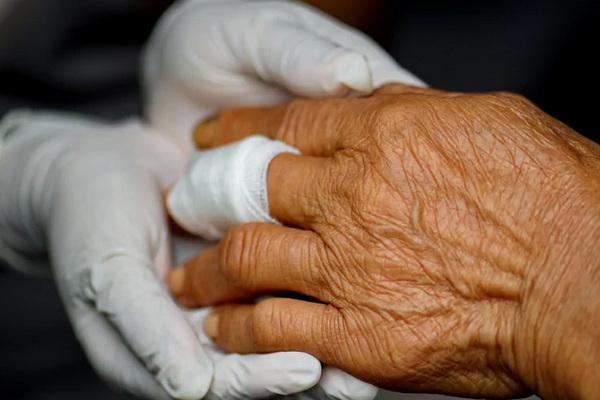One of the most common dermatological ailments in the older group is chronic, difficult-to-heal wounds. They can be caused by diabetes mellitus, venous ulcers, or pressure sores. Treatment of difficult-to-heal wounds is complex and does not always give the desired result. Therefore, prevention is important. But can they be prevented?
Non-healing wounds in the elderly – where do they come from
Ukrainians are one of the fastest aging societies in Europe, and therefore older people make up an increasing proportion of the population. Modern healthcare is faced with a huge problem – comprehensive care for the elderly. Elderly people usually suffer from several diseases at the same time, many of which manifest themselves on the skin. Elderly people very often have wounds that are difficult to heal. What is their most common cause?
1. Diabetes and its consequences

Diabetes mellitus is a disease of civilization, which affects up to 2 million Ukrainians! In the elderly group, the majority of patients with type 2 diabetes mellitus. This type of diabetes is dangerous because it is asymptomatic for many years and damages the patient’s entire body.
One of the complications of carbohydrate disorders is diabetic foot syndrome, that is, ulceration and destruction of the tissues of the foot in diabetics. How do non-healing leg wounds develop? Chronic hyperglycemia, that is, an increased level of glucose in the blood, leads to the formation of atherosclerosis, impaired blood supply to tissues, and hypoxia. In addition to the damage to blood vessels, patients with diabetes also develop neuropathy, which inter alia prevents the patient from feeling pain. As a result, even minor damage to the foot occurs, for example, as a result of wearing too-tight shoes, a chronic wound can easily develop in tissues that are poorly supplied with blood. Over time, ulceration and necrosis of the tissues of the foot develop, which are very difficult to treat.
2. Venous leg ulcers

Venous leg ulcers are another very common problem in older patients. Its cause is chronic venous insufficiency, which begins because of damage to the veins due to too high blood pressure in their lumen. Factors such as gender (more often women suffer from it), age, obesity, or high growth contribute to the development of this disease.
Venous insufficiency causes a violation of the correct outflow of blood from the tissues. This makes them suffer from chronic hypoxia and malnutrition. The skin of the lower leg becomes thin, discolored, prone to injuries and cuts. Any such injury, such as a fall, which is common in the elderly, leads to the development of a venous ulcer. Such a wound should be bandaged and treated as soon as possible. Without it, the problem only gets worse.
3. Bedsores

Many elderly patients are immobilized, for example, in a bed or wheelchair. And this is a risk factor for the development of pressure ulcers. Bedsores occur because the skin is chronically compressed, which leads to impaired blood circulation in the tissues and causes hypoxia. As a result, necrosis occurs.
Pressure ulcers most often occur in places such as the skin of the back of the head, along the spine, above the sacrum and tailbone, and on the heels or ankles. Depending on the stage of the process, the pressure sore can manifest itself as a slight reddening of the skin or a deep wound that penetrates the muscles and bones. Pressure ulcers are one of the most difficult wounds to heal, so everything should be done to prevent the first.
Difficult to heal wounds – how to treat them?
Treatment of wounds in elderly patients is very difficult and time-consuming. These wounds require scrupulous hygiene and careful care, so a sick person most often needs the help of a loved one.
There are many treatments for wounds, depending on their condition and severity. These include, for example, silver dressings for difficult-to-heal wounds, occlusive dressings that absorb exudate, antibiotic medications for wound infections, or anti-inflammatory ointments that reduce tissue inflammation around the wound. The mainstay of treatment for all these wounds is the prevention of major diseases. In the case of a diabetic foot, this is taking care of the correct blood sugar level, compression therapy for chronic venous insufficiency, or physiotherapy to prevent pressure ulcers.
It is worth emphasizing that an elderly person needs the versatile and multidisciplinary help of doctors, nurses, and physiotherapists so that they can maintain good health for as long as possible.








